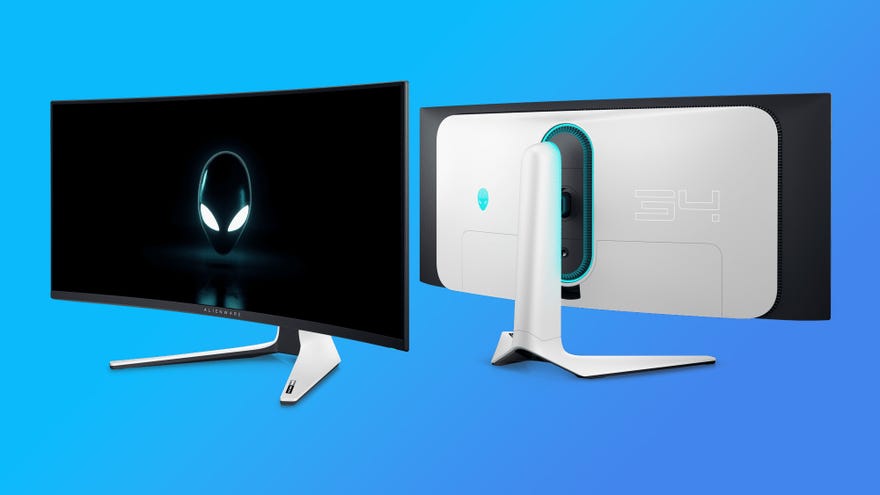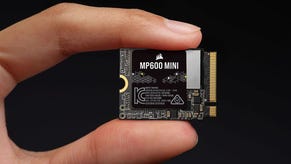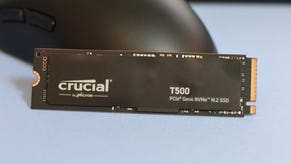Dive into ultrawide OLED gaming with $300 off Dell's superb Alienware AW3423DWF 34-inch QD-OLED
A beautiful monitor for HDR gaming.
Alienware's AW3423DWF is a fantastic gaming monitor - and the one that I was the most sad to return after my review. This 34-inch QD-OLED ultrawide debuted at $1100 last year, but it's now available for $300 off at Dell's US store in a nicely-timed Anti-Amazon deal. That brings it to $800 - still a lot of money for a monitor, but absolutely worth it for a monitor that has become well-loved for users and critics alike.
The AW3423DWF is a delight to use, all thanks to its Samsung QD-OLED panel. This provides the perfect blacks, infinite contrast, wide viewing angles and near-instant pixel response times that OLED panels are known for, with better colour reproduction and higher brightness. There's nothing like gaming on an OLED, and gaming on an ultrawide OLED feels even more immersive.
That brightness point is particularly important, as many of the W-OLED monitors I've tested turned out to be quite dim - dim enough that I struggled to see in what I would describe as a "naturally lit by a grey British sky" room. The AW3423DWF doesn't have that problem, with a DisplayHDR 400 certification that allows for sufficiently bright 400-nit highlights and a reasonable ~250 nits of SDR brightness, around the same as a modern IPS monitor.
The AW3423DWF is the cheaper FreeSync version of the AW3423DW, which debuted for an eye-watering $1300, and yet it actually performs better in head-to-head testing. According to a comprehensive comparison from Monitors Unboxed, AW3423DWF performs basically identically to its more expensive predecessor - yet it is quieter, has less input lag, more OSD features, upgradeable firmware for future fixes, better colour accuracy in SDR and an all-black physical design. The only thing you're giving up is the physical G-Sync model, which is nice to have but isn't worth paying an extra $200-$400 for, and a 10Hz lower maximum refresh rate (165Hz vs 175Hz).
There are some restrictions intrinsic to the QD-OLED panel to be aware of here too. Yes, there is the possibility of burn-in - though I've not experienced this with mixed usage, keeping the same image on screen for hugely extended periods could cause it. However, keep the burn-in mitigation features active, and you should be fine. Also, these QD-OLEDs use a non-standard subpixel layout, so small text may exhibit fringing. This isn't an issue in games, but may be annoying on websites and the like - at least until Microsoft's ClearType tech supports OLEDs properly. Still, these are minor drawbacks in the grand scheme of things.
In any case, this is still a niche product - there aren't many people that can drop $800 on a monitor. I can't, even! But if you are in that lucky position, my point of view is that this is the very best option going.







